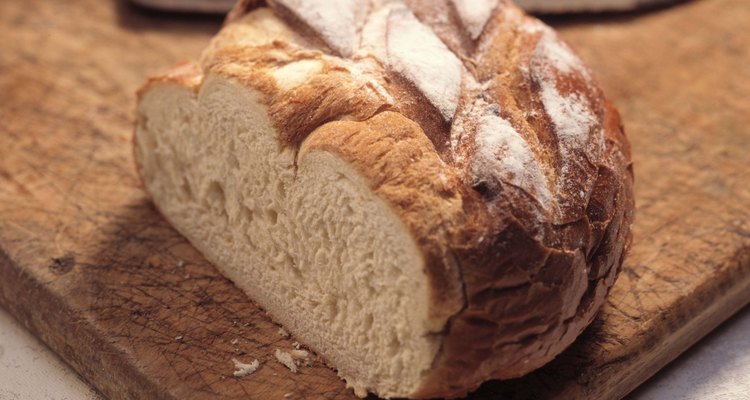
Jupiterimages/Stockbyte/Getty Images
Sourdough bread used to just be "bread" before the commercial production of yeast. This age-old technique of cultivating native bacteria and yeasts to help raise bread and provide a sour, tangy flavor was the way leavened breads were originally produced. Lactobacillus bacteria are the stars behind sourdough, but once they have done their job to lend flavor and height, these hearty bacteria are killed in the baking process.
Lactobacillus Basics
Lactobacillus bacteria are cultivated in a starter culture for making sourdough and provide the leavening action for bread in the absence of commercial yeast. A sourdough starter culture is created by mixing flour and water together and allowing them to ferment at room temperature until expanded and bubbly. Using either lactobacillus bacteria present in the environment or a commercially produced strain of the bacteria, this starter is then added to dough and allowed to rise further to create a tangy, sour-flavored bread.
Effects of Heat on Lactobacillus
Lactobacillus bacteria can live up to temperatures of 138 degrees Fahrenheit. Above this temperature, the bacteria die. Because most breads are cooked until they reach an internal temperature of 210 F, Lactobacillus bacteria present in sourdough bread are dead and unable to reproduce further once the bread is cooked. By this point, the bacteria have already provided the bread both with natural leavening and the signature sour taste.
Keeping Your Starter Alive
Because Lactobacillus bacteria die when bread is cooked, it is important to save some of your starter culture when making sourdough bread to enable you to make your next loaf. After removing the necessary amount for your current batch of bread, feed your culture with more flour and water to allow it to reproduce and ready itself for your next loaf of bread. Store your culture in an area with temperatures around 50 F for the best tasting sourdough.
Lactobacillus Benefits in Sourdough
Live Lactobacillus and other probiotic bacteria may have health benefits. Of course, the cooking process kills these bacteria. By this time though, the bacteria have already created lactic acid, which allows the vitamins and minerals present in the flour to be more easily digestible. The fermentation process helps to neutralize the phytates found in flour that inhibit absorption in yeast-leavened breads and also makes the overall glycemic index of sourdough breads lower, lessening your body's spike in insulin production after eating it.
Related Articles

Does Yeast Cause Holes in Bread?

Can You Substitute Yogurt for Milk in ...

How to Make a Bread Starter
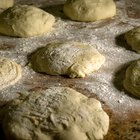
How to Use a Bread Machine to Make Dough

What Is Artisan Bread?

How Many Calories in Gluten-Free Bread?
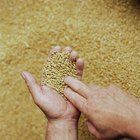
How to Ferment Grains

How to Bake Bread in the Oven
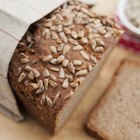
Russian Rye Bread vs. Pumpernickel

Why Does Bread Drop in the Middle When ...

How to Freeze Brioche

How to Make Bread Chewy

Can You Refrigerate Homemade Yeast ...

Do Spices Enhance Yeast Growth?

What Happens if the Yeast Dies Before ...

What Happens When Vinegar & Yeast Are ...
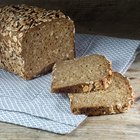
The Benefits of Essene Bread

How to Make Breadmaker Bread Less Dense

How to Bake Bread in a Clay Pot
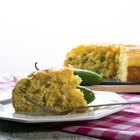
The Purpose of Buttermilk in Baking
References
Writer Bio
Based in Portland, Ore., Maxine Wallace is a writer with more than 12 years of experience. With a bachelor's degree in journalism and experience working on marketing campaigns for large media agencies, she is well-versed in multiple industries including the Internet, cooking, gardening, health, fitness, travel and holistic living.
Photo Credits
Jupiterimages/Stockbyte/Getty Images